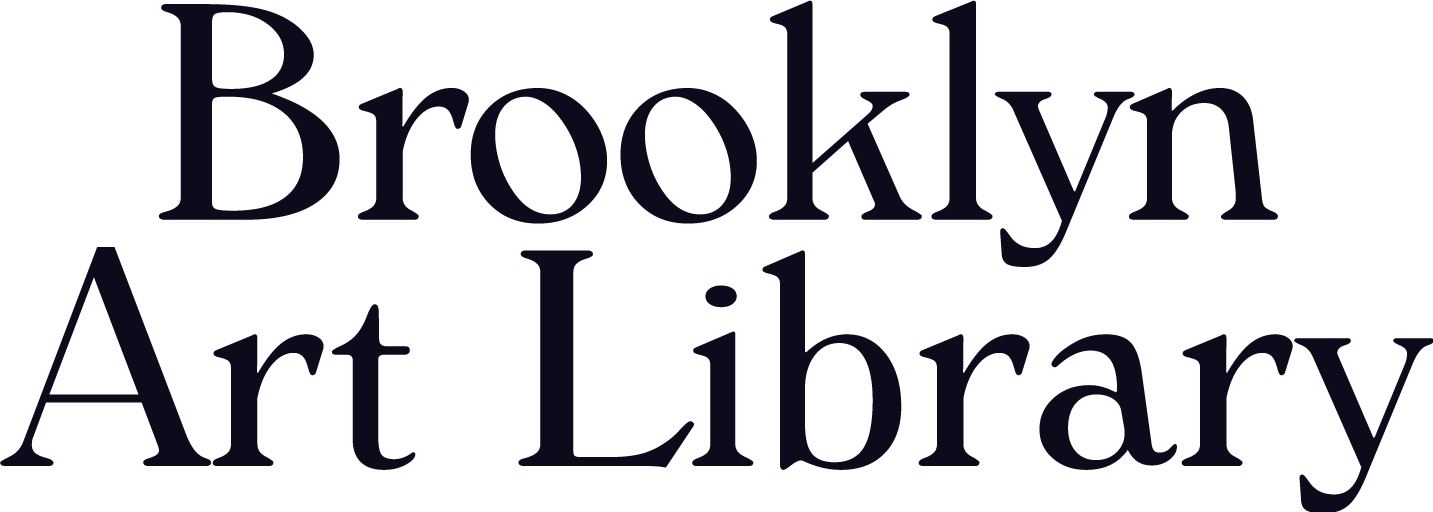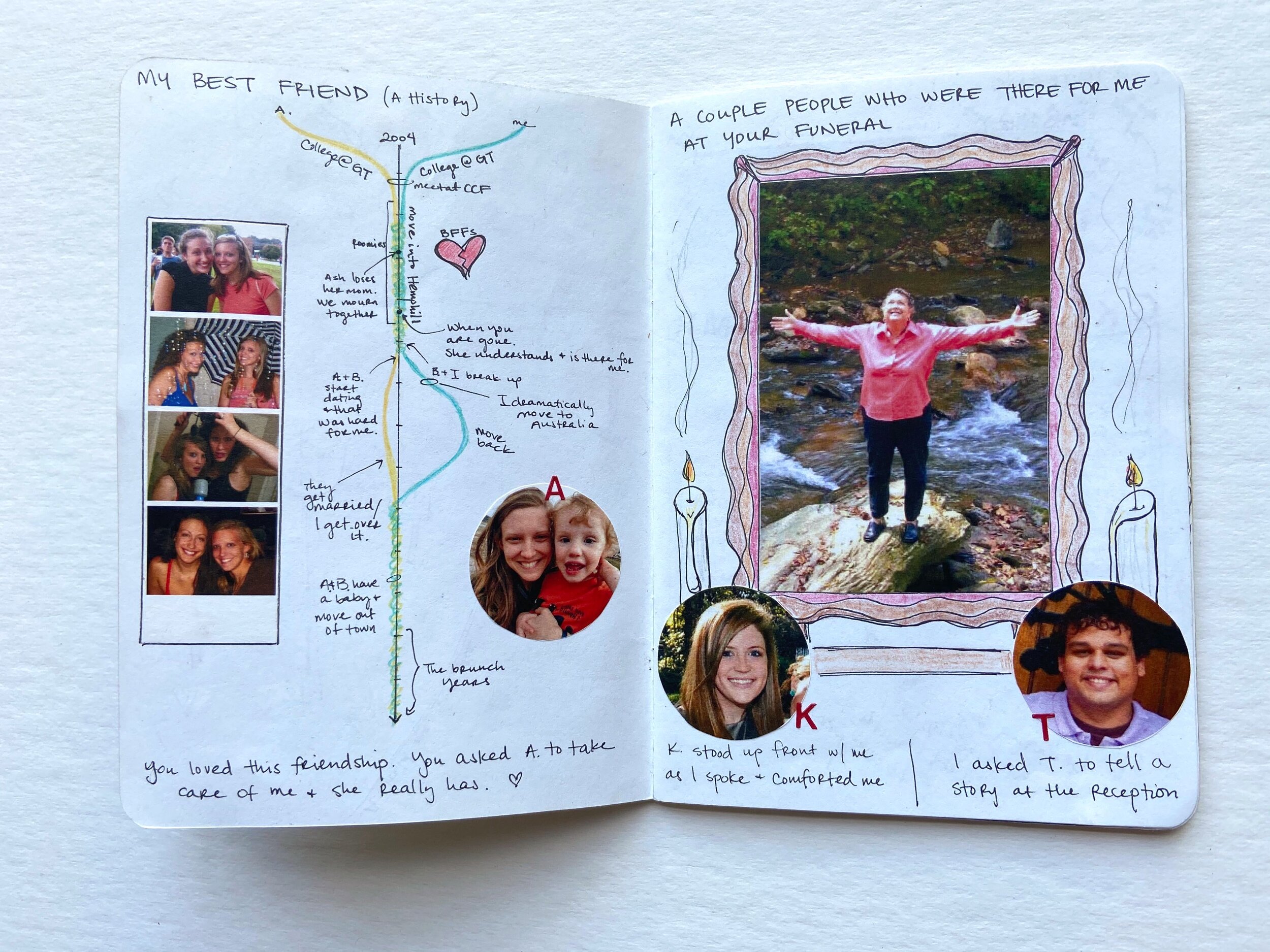BAL x Jalada: Nostalgia
Jalada is a pan-African collective of writers who create works at the intersection of visual art and literature. Their next, and ninth, anthology will center around the theme of ‘nostalgia,’ with a focus on “exploration[s] of memory; tradition and modernity, the tactile and the intangible, legacy and erasure, stagnation and evolution, the possible and impossible.” For this project, contributors will consider how we preserve and archive cultural heritage and historical legacies, as well as produce works that wrestle with today’s social struggles and political transformations.
Here at Brooklyn Art Library, we are responsible for not just collecting sketchbooks, but the stories and memories that come with each finished book. Since The Sketchbook Project’s inception in 2006, artists and readers alike have used our space to share their personal and familial histories and document their inspiration and adventures. Each encounter with a sketchbook is an opportunity to connect with another artist’s life and creative energy no matter where you are around the world.
Right now, many of us are using this moment to reflect on our past lives, our present choices, and the future that lies ahead of us. The memories we create, either through art or through our relationships with others, real or imagined, shape who we become as people, both in what we lose and what we find throughout our lives. The following sketchbooks evoke this very sense of nostalgia through each artist’s experiences of travel, family, and observation of everyday life.
When designer Kara Kynast lost her mother to ovarian cancer in 2008, there would be many milestones and memories seemingly unshared between the duo. Her 2018 sketchbook, “People I wish she knew,” is not only a tribute to her mother’s legacy, but as a way for Kara to reflect on her life after her mother’s passing. Styled almost as a nostalgic love letter or a memoir, this book is rich with photographs and doodles of Kynast’s friends, job experiences, travels, stories of her relationships, and eventual marriage. It tells the powerful story of a daughter missing and honoring her mother and it goes to show that the presence of deceased relatives never quite goes away no matter how much time has passed. Kara’s sketchbook is emotional autobiography, full of fond memories and tenderness, about a daughter’s resilience and growth in the aftermath of tragedy.
Nostalgia is not just something we experience inside our heads. These wistful pangs of familiarity can manifest deep within our muscle memory. Perhaps there is no greater example of this than moving through spaces like homes, places with strong ties to childhood experiences (like swimming pools, beaches, or carnivals), or even through city streets devoid of people yet rich with histories. Dutch artist Eelke’s 2013 sketchbook, “After the Party,” evokes these spatial feelings through photographs of slept-in bedrooms, the hazy dusk of Amsterdam, and of blurred, weary bodies. Eelke writes, “After the party, you go back to being yourself. Ordinary life creeps up on you. You start thinking about how happy and beautiful you felt. And about how sad you feel now in the bleak morning light.”
Food is one of the most powerful makers of memory. Whether a single dish or a whole feast, food can unite the divided, cement bonds among friends and family, or be flavored with cultural traditions and memories of adventure. Painter Kristin L. Flowers’s “Distance and time…in food’ is a delightful catalog of such memorable meals. Each watercolor and ink illustration presents a moment of unspoken importance: a cupcake evokes memories of a celebration, a bowl of cereal propped up on outstretched legs suggests a moment of relaxation, a carton of fast food might belong to a cheap lunch shared among friends or a stop along a trip. Logged by the hour and by distance from the artist’s home, even the most mundane of meals takes on emotional weight.




